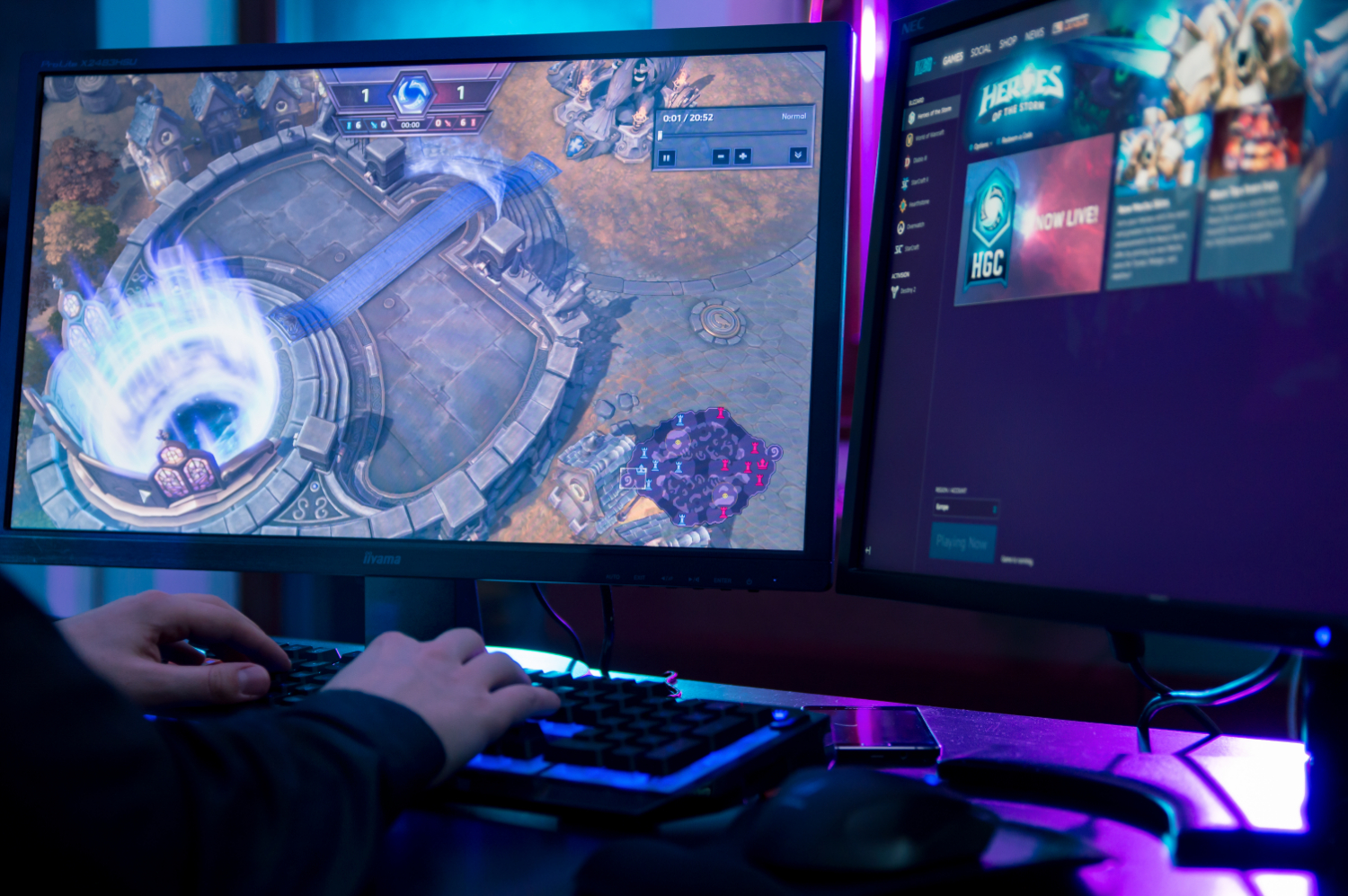Windows 10 Update Brings Variable Refresh Rate Support to DX11 Games
Microsoft announced on June 3 that the Windows 10 May 2019 Update has introduced a new graphics setting. Not everyone will see it--the option is only shown to those whose hardware supports it--but those who do will be able to enable variable refresh rate (VRR) support in full-screen DirectX 11 games.
The company was careful to note that Windows 10's support for VRR isn't meant to replace Nvidia G-Sync, AMD FreeSync, or similar technologies. Instead, the new setting allows players to "reduce screen tearing and allow for a higher frame rate by enabling variable refresh rate for games that don't natively support it." Microsoft cited DirectX 11 games running in full-screen as a specific example. It's not clear if the setting works in other titles as well.
Because it's only enabling VRR support in games that don't offer it natively, this setting will still rely on the likes of G-Sync and FreeSync to make sure a game's frame rate and the refresh rate of the monitor it's being played on match up. Microsoft said the setting "doesn’t override any of the settings you’ve already configured in the G-Sync or Adaptive-Sync control panels" and noted that a game might have to be restarted for the setting to work.
Here are the setting's hardware requirements:
- Windows Version 1903 or later
- A G-Sync or Adaptive-Sync capable monitor
- A GPU with WDDM 2.6 or above drivers, that supports G-Sync / Adaptive-Sync and this new OS feature
The addition of this setting will likely be welcomed by anyone who plays DirectX 11 games, owns a VRR monitor and has thus far been unable to combine them in a satisfactory way (kind of like having chocolate in one hand and peanut butter in the other but failing to make a peanut butter cup). Just note that it has to be enabled manually in the graphics settings and Microsoft's acknowledgment it could lead to problems in-game.
This setting also shows that while much of Microsoft's focus is on DirectX 12--check out the variable rate shading the company introduced in March--it's not giving up on DirectX 11 quite yet. Combine that with the company's decision to bring DirectX 12 to Windows 7, thanks to World of Warcraft, and it's looking like gamers and developers alike will be able to keep getting just a little bit more value from the aging graphics API and operating system.
Get Tom's Hardware's best news and in-depth reviews, straight to your inbox.

Nathaniel Mott is a freelance news and features writer for Tom's Hardware US, covering breaking news, security, and the silliest aspects of the tech industry.
